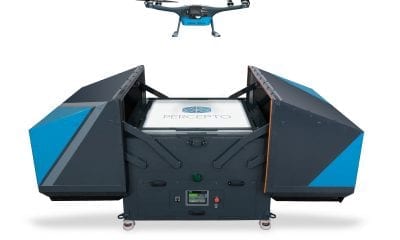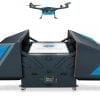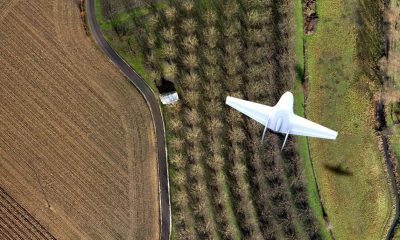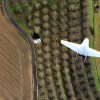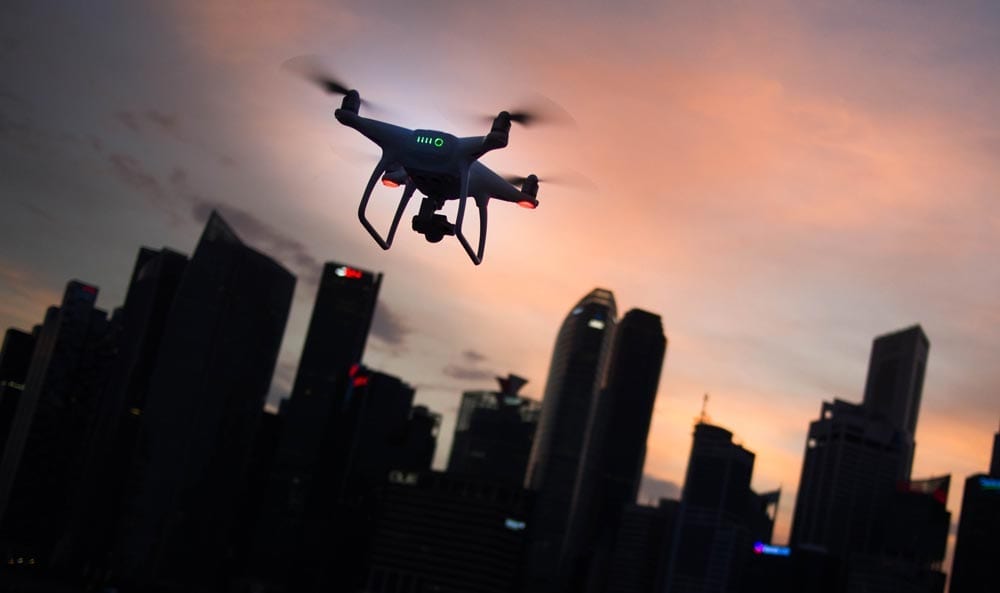
News
Energy Estimation in Autonomous Drones
Accurate energy estimation and energy conservation remains a big issue in the field of Unmanned Aerial Vehicles (UAVs) and is an active area of research. A new paper sets out to describe a method that can potentially aid energy estimation during the design phase.
Unmanned Aerial Vehicles (UAVs) have been gaining popularity in recent years owing to their wide range of applications. These can be used in the military, for aerial photography, search and rescue operations, and even for agriculture. Previously, these vehicles were mostly remote controlled, but developments in technology have led to autonomous and partially autonomous drones now taking the place of the old, remote-controlled ones. Despite this, however, these drones are still plagued by a number of issues that hinder the full realization of the potential this technology offers.
The research updater, titled Functional Size Measurements for Energy Needs Early Estimation in Autonomous Drones has been published by a pair of researchers named Hassan Soubra and Toufik Azib, both of whom belong to ESTACA, an engineering school situated in Montigny-le-Bretonneux, France.

The autonomous drone assembled at ESTACA. The drone in the landing process.
The researchers have described an ongoing project which involves the utilization of COSMIC, a Functional Size Measurement (FSM) tool for software, to estimate the energy requirements in the design phase of various mission profiles that the drone will have to execute.
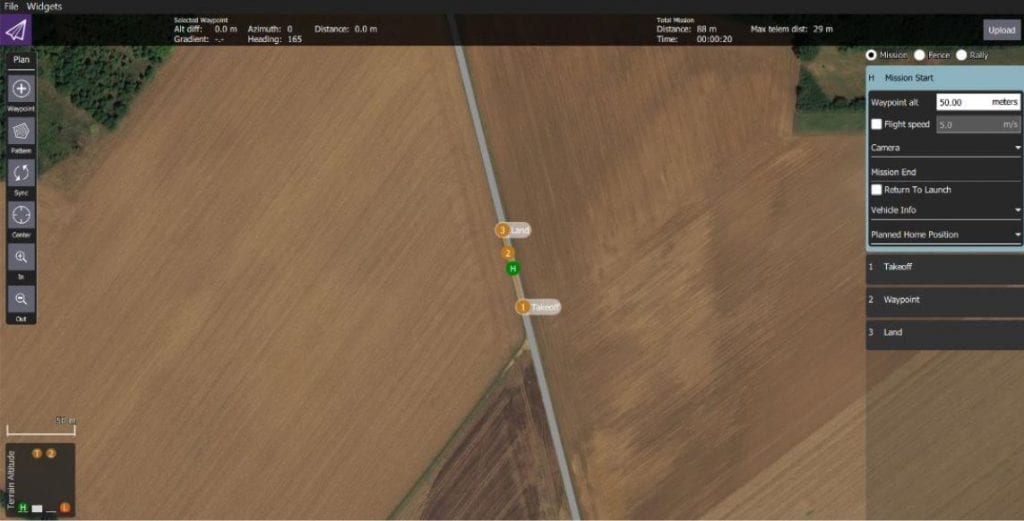
The first mission plan of the autonomous drone.
The research has been divided into five steps described later in this article, and the authors have specified that only the first step has been realized till the date the paper was drafted. Work is still being carried out to complete the subsequent tests but the paper sets out to describe the general methodology and how FSM will be executed with this project.
There is a real need for more efficient drones, especially given the integration of drones in Internet of Drones (IoD) configurations of late. In order to make the drones more efficient, one has to be able to evaluate information regarding the energy consumption of various mission profiles of drones during the design phase so as to make appropriate design decisions to optimize the design.
They have described the five steps involved with their ongoing work. The first step involves setting up of the hardware related to the drone, i.e. assembling the drone and making sure all systems are integrated and working. The second step involves the implementation and testing of all the software and mission profiles needed to make the drone work autonomously. After this, COSMIC will be used for the FSM using all the defined mission profiles. Once this is done, the energy consumption for each mission profile and each energy source will be observed and compared. Finally, the results obtained from the previous two steps will be used to build energy consumption models for new mission profiles.
For now, the drone has been designed and assembled at ESTACA in order to verify the feasibility of the method proposed, so this is a preliminary report on the research.
Citation: “Functional Size Measurement for Energy Needs early Estimation in Autonomous Drones“, Hassan Soubra and Toufik Azib, ESTACA, IWSM/Mensura’18, September 18–20, 2018, Beijing, China | http://ceur-ws.org/Vol-2207/IWSM_Mensura_2018_paper_4.pdf



